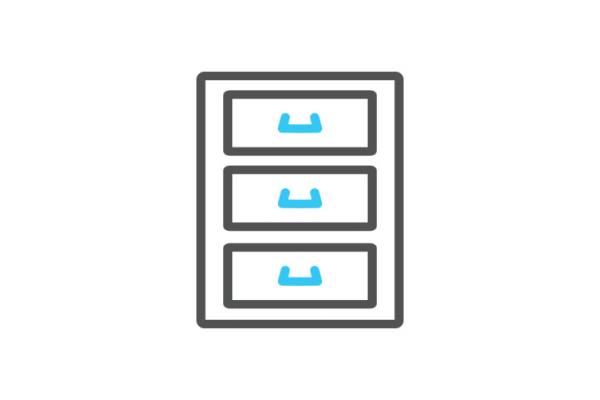Structure and legislative framework
The eHealth Network has been established following Article 14 of Directive 2011/24/EU on the application of patients' rights in cross-border healthcare. It is a voluntary network that connects national authorities responsible for eHealth designated by the Member States.
Commission Implementing Decision 2019/1765 provides the rules for the establishment, management and functioning of the network.
It also defines the network's activities, such as facilitating greater interoperability, guiding Member States about sharing health data and empowering citizens to access and share their own health data.
The eHealth Network has adopted its Rules of procedure.
eHealth Network's meetings
The eHealth Network meets twice a year. Agendas, minutes and documents from the eHealth Network meetings are available on meeting-specific pages: eHealth Network’s meetings (Agenda, minutes and documents).
Key documents are additionally listed on the page eHealth Network’s key documents.
eHealth Network guidelines
The eHealth Network Guidelines on electronic exchange of health data aim to facilitate the cross-border interoperability of electronic health records in the EU. They do so by supporting Member States in their efforts to ensure that citizens can securely access and exchange their health data wherever they are in the EU.
The guidelines provide a list of technical requirements and enablers for implementation. They consider patient safety as key.
The Commission Recommendation on a European Electronic Health Record exchange format (C(2019)800)sets out a framework for the development of a European electronic health record exchange format (EEHRxF) to achieve secure, interoperable, cross-border access to, and exchange of, electronic health data in the EU.
It includes a set of principles and a set of common technical specifications that should constitute the baseline for a European electronic health record exchange format.
The EEHRxF will help citizens to access and share their health data quickly with health professionals, for example, when consulting a specialist or receiving emergency treatment in another Member State.
The following electronic cross-border health services are being introduced in Member States:
- ePrescription and eDispensation (eHealth Network guidelines on ePrescription, Release notes) allow EU citizens to obtain their medication in a pharmacy located in another EU country, thanks to the online transfer of their electronic prescription from their country of residence where they are affiliated, to their country of travel.
Patient Summary (eHealth Network guidelines on Patient Summary, Release notes) provides information on important health related aspects such as allergies, current medication, previous illness, surgeries, etc.
It is part of a larger collection of health data called an electronic Health Record. The digital Patient Summary is meant to provide doctors with essential information in their own language concerning the patient when the patient comes from another Member State and there may be a linguistic barrier.
- Laboratory results and reports (eHealth Network guidelines on laboratory results, Release notes) apply to the cross-border exchange of interoperable laboratory test result reports, to support the safe and efficient provisioning of care services in another Member State. These guidelines could also serve as a guiding principle for the national implementations of laboratory result reports.
Medical imaging studies and reports (eHN Guidelines on Medical imaging studies and reports - Release notes)
The guidelines on Medical Imaging Studies and Reports (MI) exemplify the ongoing efforts of the eHealth Network (eHN) to enhance interoperability and shape health data exchange across the EU.Enabling access to historical medical imaging studies and reports contributes to informed decision-making by healthcare professionals, preventing treatment errors and unnecessary procedures.
This not only saves time and reduces costs but also aligns with Council Directive 2013/59/Euratom, ensuring patient safety by minimising unnecessary medical irradiation.
Furthermore, the guidelines promote result comparability and facilitate the request of second opinions on imaging studies, marking a significant step toward healthcare interoperability at cross-border and national level.
Hospital discharge reports (eHN Guidelines on Hospital discharge reports - Release notes)
The guidelines on Hospital Discharge Reports (HDR) exemplify the ongoing efforts within the eHealth Network (eHN) to advance interoperability and shape health data exchange across the EU.HDRs, as comprehensive clinical documents generated post-hospitalisation, thoroughly detail the patient's journey, encompassing diagnoses, treatments, procedures, and test results.
Their importance lies in providing a detailed account of health information essential for ensuring continuity of care. The interoperability of HDRs streamlines healthcare processes for cross-border and national level health data exchange.
Information on currently operational services is available on the Electronic cross-border health services page.
The ePrescription & eIDAS integrated vision document outlines the ambition to use an EU Digital Identity Wallet to allow people to access and share their health data. ePrescription was chosen as the first use case supported through eIDAS features.
The document identifies key functional requirements and proposes an outline for a concrete possible solution.





